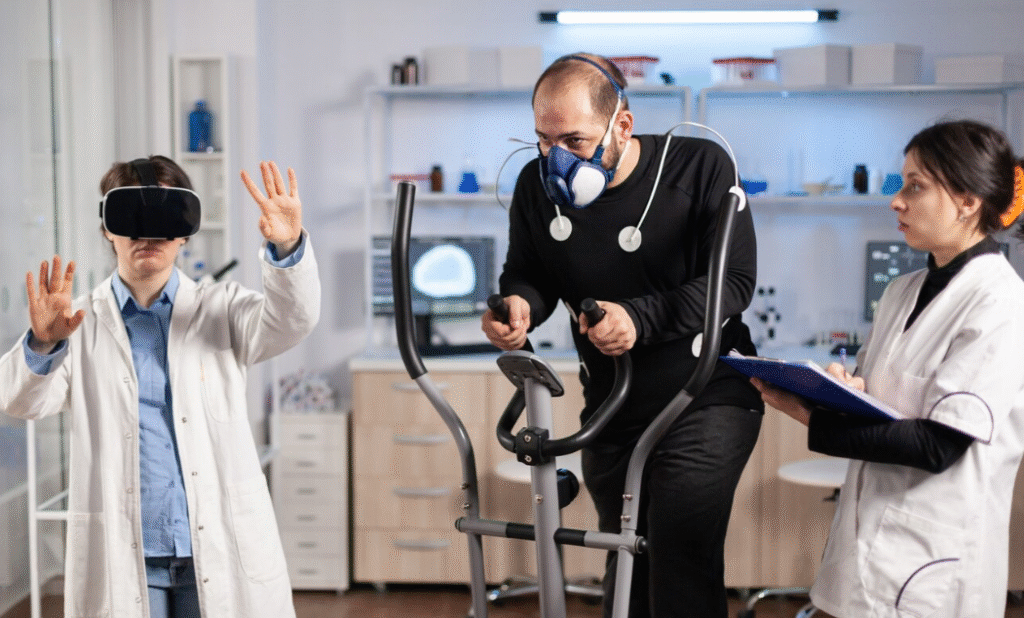Robots are no longer confined to science fiction or factory assembly lines. As technology advances at a rapid pace, robotics is beginning to permeate everyday life, from our homes and schools to healthcare and urban infrastructure. The future of robotics promises not just convenience but a fundamental transformation of how we live, work, and interact.
Smarter Homes with Domestic Robots
One of the most visible applications of robotics in daily life is in smart homes. Robotic vacuum cleaners, lawn mowers, and window washers are already commonplace, but the future holds far more intelligent and interactive domestic assistants.
Future home robots are expected to handle more complex tasks such as cooking, organizing, and even providing companionship. These robots will be equipped with natural language processing, adaptive learning, and sensor-based navigation, allowing them to understand household routines and respond to personal preferences.
Personal Assistants and Elderly Care
As global populations age, robotics will play a crucial role in elderly care. Robots designed to assist seniors can monitor vital signs, remind users to take medications, and provide emergency support if a fall or medical incident occurs.
Social robots, equipped with AI-powered emotional recognition and voice interaction, can also reduce loneliness and cognitive decline. These companions can engage in conversations, play games, and even facilitate virtual visits with family members, enhancing quality of life for aging individuals.
Education and Learning
In classrooms, robots are beginning to support teachers by assisting with interactive lessons, tutoring students, and encouraging engagement through gamification. They can personalize learning experiences based on student progress, offering extra help where needed and challenging students who are ready to advance.
As education becomes more hybrid and digital, robotics will help bridge learning gaps and provide equal access to quality education regardless of location or ability.
Urban Mobility and Logistics
Self-driving delivery robots and autonomous drones are transforming how goods and services reach consumers. In the near future, it’s likely we’ll see robot couriers navigating sidewalks and aerial delivery bots dropping packages at our doorsteps.
Moreover, robots are being tested for public service roles—such as cleaning public spaces, guiding tourists, or even enforcing rules in parks and transit systems. These robotic assistants aim to make cities cleaner, safer, and more efficient.
Human-Robot Collaboration at Work
The rise of “cobots” (collaborative robots) in the workplace is redefining how tasks are distributed between humans and machines. Unlike industrial robots that operate separately, cobots are designed to work alongside humans, enhancing productivity without replacing jobs.
In offices, service industries, and even creative fields, robots can take over repetitive tasks—freeing humans to focus on strategic, empathetic, or innovative work that requires a human touch.
Ethical Challenges and Design Responsibility
The integration of robotics into daily life brings with it ethical and social questions. How do we protect privacy in homes where robots are constantly gathering data? What happens when children or the elderly become emotionally attached to machines? And how do we ensure robots are safe and inclusive for everyone?
It is essential that designers, engineers, and policymakers collaborate to establish clear guidelines and prioritize human-centered design as robotics becomes more embedded in our lives.
Conclusion
The future of robotics in everyday life is both exciting and transformative. As robots become more intelligent, adaptive, and socially aware, they have the potential to enhance human well-being, bridge service gaps, and reimagine daily experiences. The key to this future lies not just in technological innovation, but in thoughtful integration that respects human values and needs.


